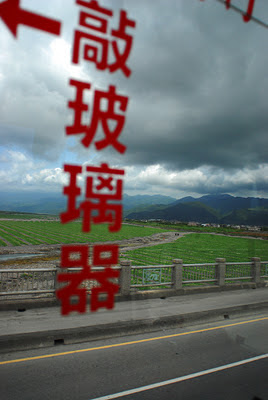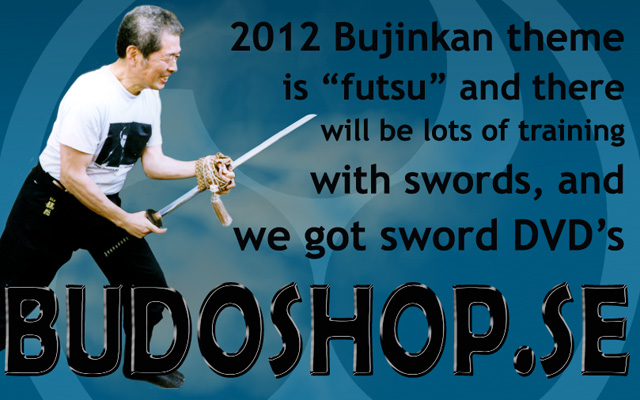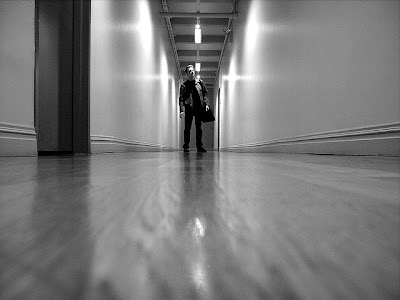From Bujinkan Santa Monica by Michael
 |
| 敲玻璃器 Break on through, photo by .HEI |
Did I learn anything? Sometimes I wonder. I watch Hatsumi Sensei teach and then he does something or says something that I find fascinating. So I look around the Hombu to see how other people are reacting. Did they see what he just did? Did they understand what he just said? Did I?
That's the real question. What is my own capacity to understand?
Is everyone at the hombu dojo having the same training experience and are they getting as much from it as I am? Will I understand or experience the training as deeply as someone like Oguri Sensei who has been training more than 40 years and actually trained with Takamatsu Sensei?
The answer is no. We are not having the same experience or learning the same thing. No one there is. We all have different levels of understanding. As for myself, I can only experience training to the fullness of my capacity.
In Chinese they say, 大器晚成 it takes a long time to make a big pot. This suggests that great talents mature late or the idea of being a late bloomer.
The character for pot may look familiar to you 器. A few years ago, Hatsumi Sensei made it one part of the yearly theme with the idea of 才能魂器: ability/talent (Saino, 才能), spirit (tamashi/kon, 魂), and capacity/vessel/container (utsuwa/ki, 器)
That is an interesting idea: capacity. It may seem like the capacity of a container, pot, or student is set at a certain level. But this capacity may expand or shrink depending on what it is being filled with.
Imagine Bujinkan or teaching like a flowing river. You may have a big glass or a small glass. Both will be full after being dipped in the river.
But you get to decide from what source you fill your container. This is a simple secret.
It is like an ura side to the concept of utsuwa/ki, 器. When we study budo, our capacity to understand, grow, or fill up is set by the size of the glass we drink from.
Did you get that? That is simple but powerful. Drink from a larger source and your own capacity will grow.
From my own training I have discovered just how powerful this is. For example, we might rate the size of various learning opportunities: On a scale from no training; to reading books; watching videos; attending a seminar; attending regular classes; teaching (yes this is part of learning too); visiting Japan to train with the Shihan and Hatsumi Sensei; Living in Japan and training regularly; Learning from Bujin or divine insight…
Or, finally, off the scale and beyond all is learning from or opening to the source that Soke often speaks about. Just recently I heard him say to invite nature into your training. He said if you are having trouble, let nature into your technique and let it take over.
You can discard your container's limitations and toss it away (捨身 sutemi) by connecting to the deepest source of knowledge. Opening yourself up to nature itself instantly makes your capacity limitless. Any training or experience then becomes rich with joy and insight.
I personally have had surprising results from this process in my training. But it is easy to feel overwhelmed and some days I crawl back inside my old jar. When I return to my old home it isn't as comfortable or as big as I remember.
You may be familiar with this concept if you've ever returned to your childhood home. It seems smaller and less vibrant somehow. Your experience and capacity has grown to encompass so much more of life.That is the same wistful yet amused feeling many people experience after going to Soke's classes.
Hatsumi Sensei tells us not to get caught up in thinking. Throw that away. Release yourself from it. Have this 生命反射 seimei hansha, or reflection of life in your training.



…







